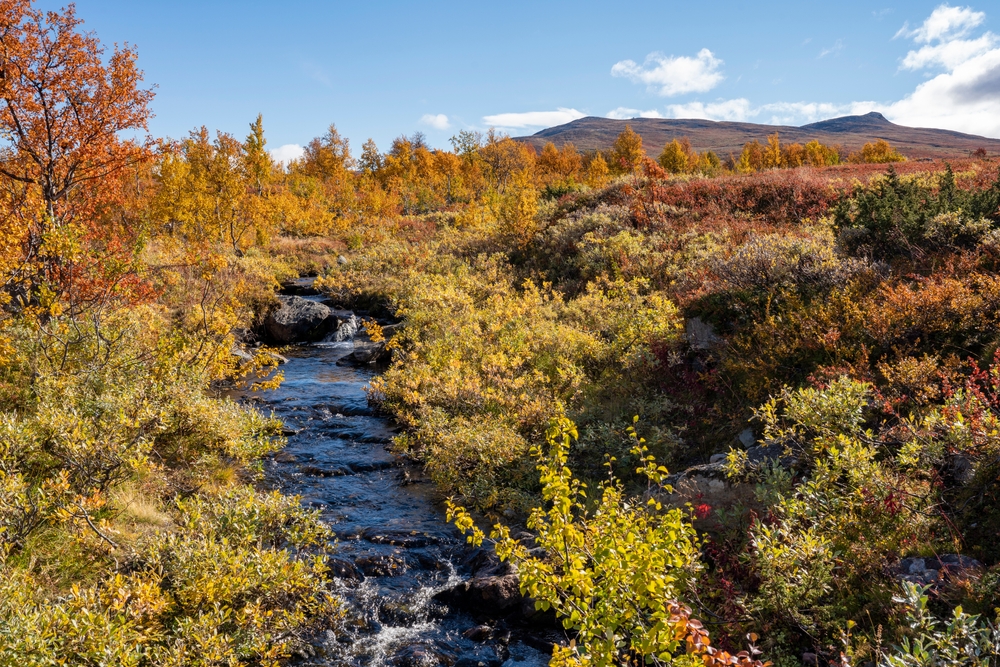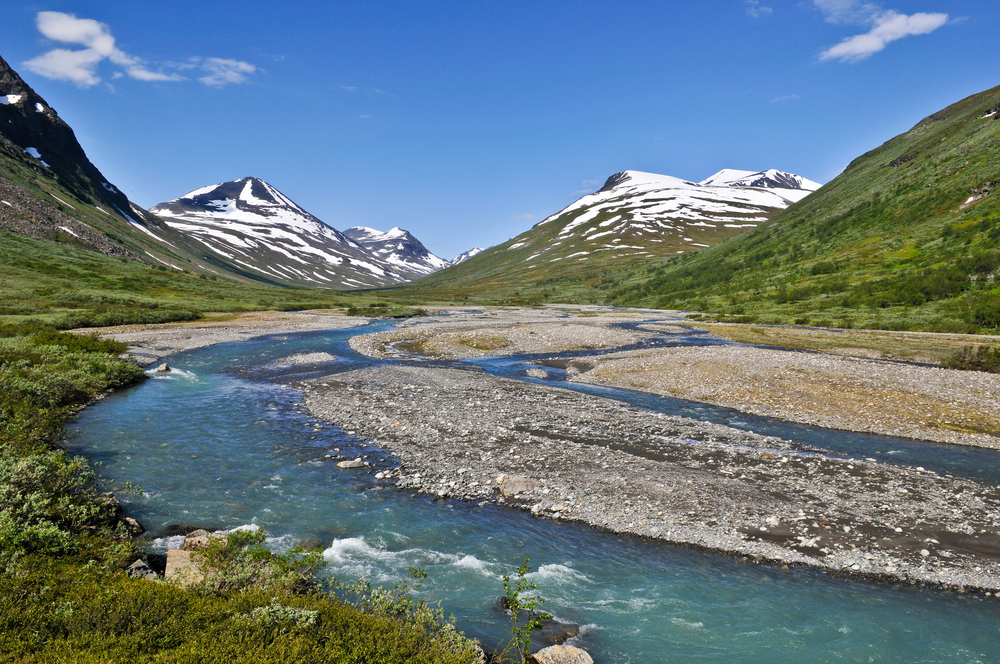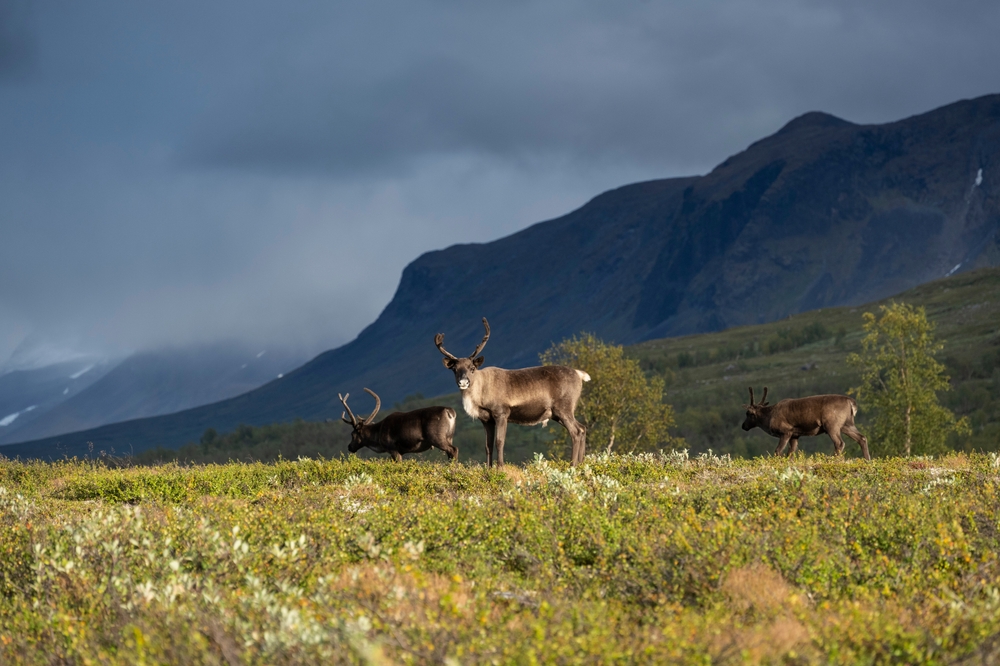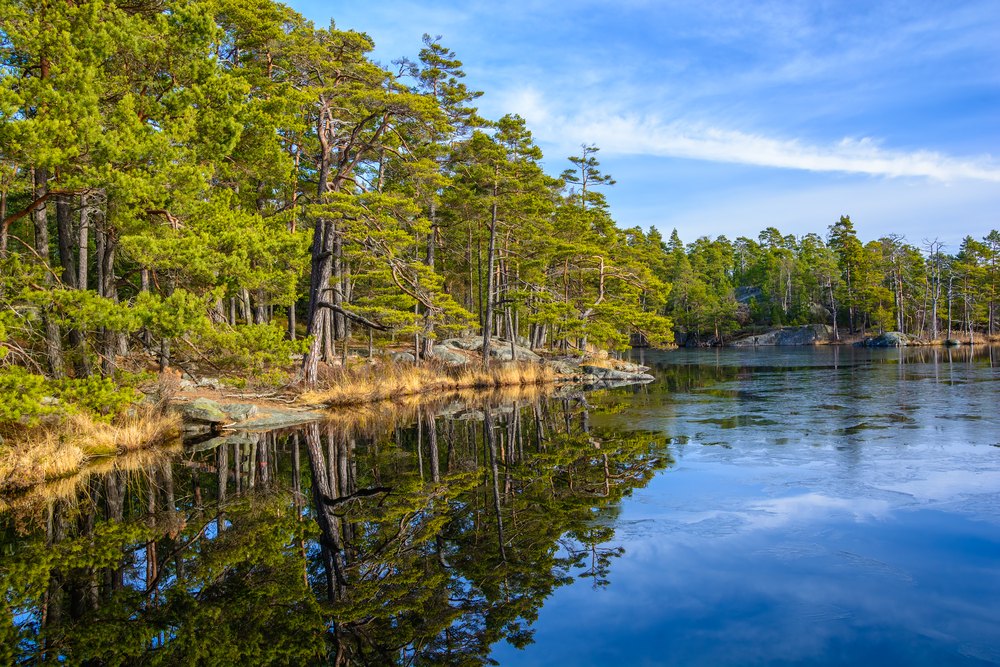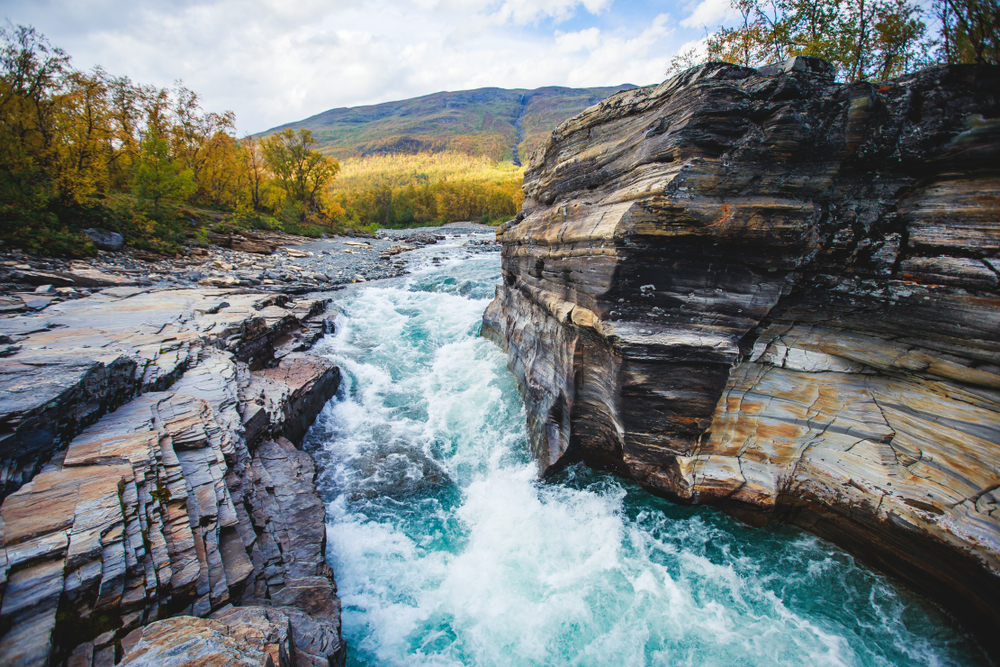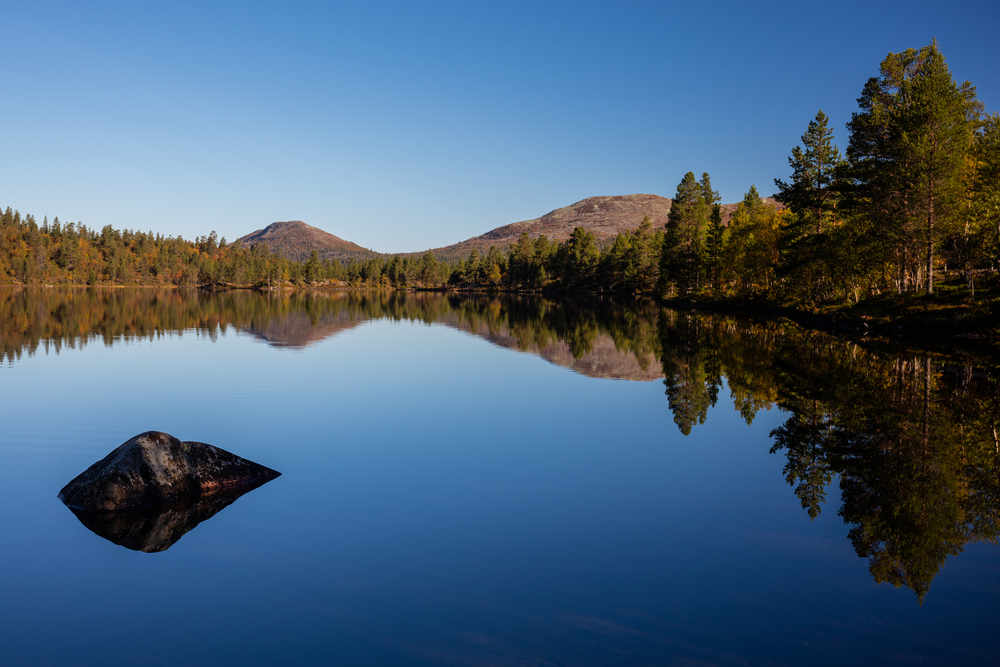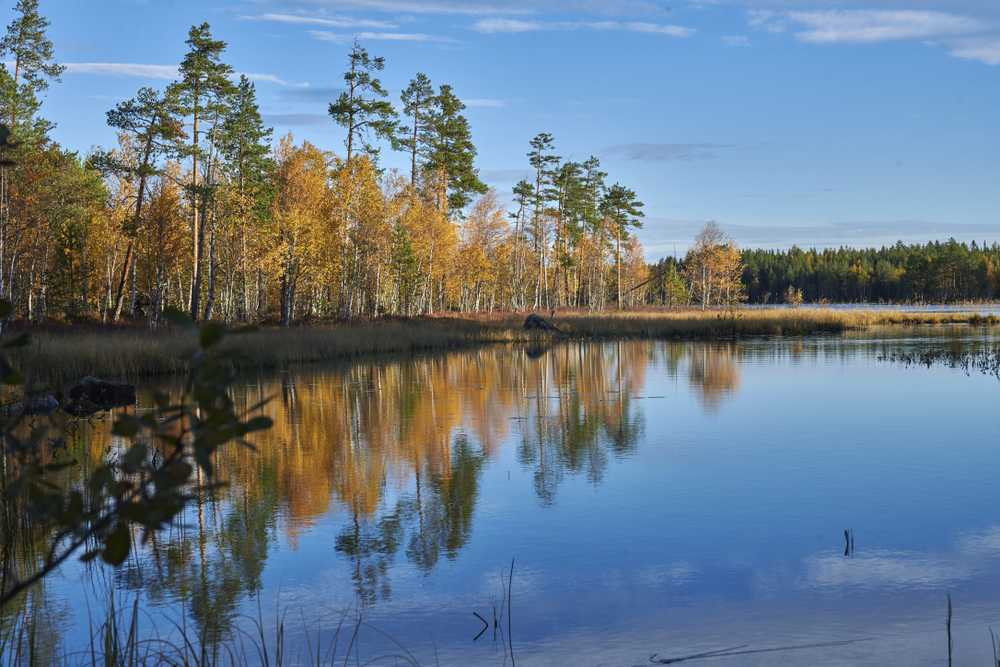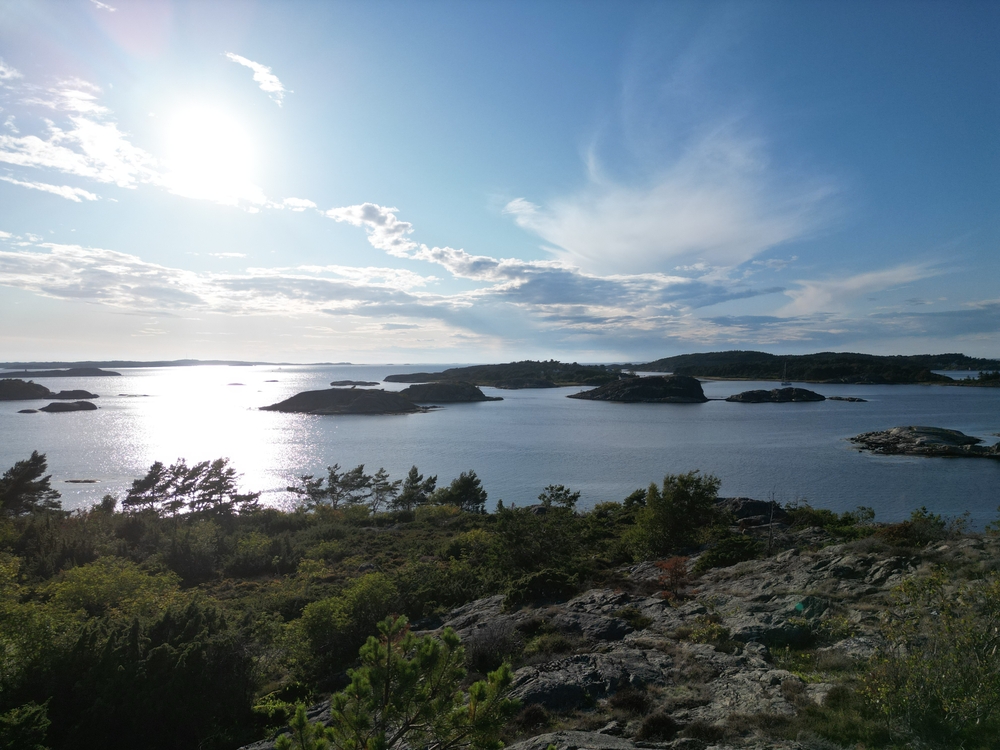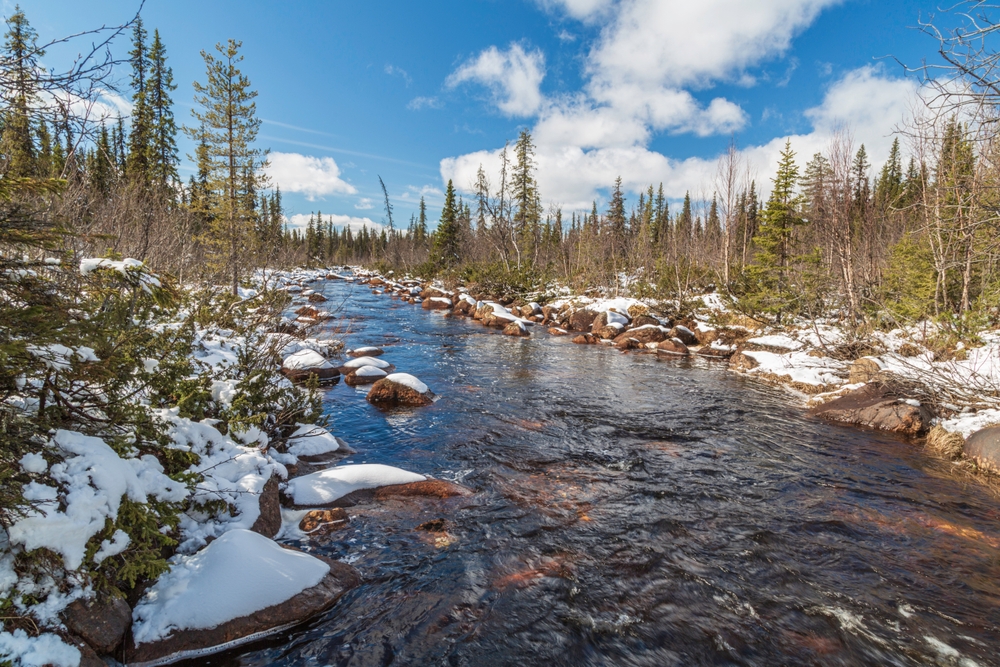Sonfjallet Overview
Sonfjället National Park, known as Sonfjällets nationalpark in Swedish, is a remote and rugged wilderness area located in central Sweden, in Jämtland County.
Covering approximately 42 square miles (109 square kilometers), it is one of Sweden’s oldest national parks, established in 1909 to protect its unique mountainous landscape and thriving wildlife. The park is dominated by the Sonfjället mountain massif, which rises to a height of 4,724 feet (1,440 meters) and forms a striking backdrop to the surrounding forests and valleys.
This isolated and dramatic landscape is characterized by steep slopes, rocky outcrops, and expansive alpine plateaus, interspersed with ancient boreal forests and open heathlands. Glacial activity has shaped much of the park, leaving behind moraines, rugged ridges, and crystal-clear streams that carve through the valleys.
The vegetation in Sonfjället National Park varies with elevation, creating distinct ecological zones that support a rich diversity of plant life. Lower elevations are covered in dense pine and spruce forests, where mosses and lichens carpet the forest floor, creating an enchanting and pristine environment.
As the elevation increases, the trees gradually give way to birch woodlands, which eventually transition into alpine meadows and windswept tundra. The higher elevations of the park are characterized by exposed rock and sparse vegetation, with hardy plants such as mountain avens, alpine bearberry, and various lichens clinging to the rocky terrain.
The stark contrast between the forested valleys and the barren peaks adds to the park’s dramatic scenery, making it a visually striking and ecologically diverse landscape.
Sonfjället National Park is renowned for its wildlife, particularly its population of brown bears, which are among the most frequently sighted large mammals in the region. The park’s remote nature and dense forests provide an ideal habitat for these elusive creatures, making it one of the best places in Sweden to observe bears in the wild.
In addition to bears, the park is home to moose, lynx, red foxes, and reindeer, all of which roam freely through the forests and highlands. The presence of wolverines and mountain hares further highlights the park’s importance as a sanctuary for Sweden’s native wildlife.
Birdwatchers visiting the park can spot golden eagles soaring above the mountain ridges, while species such as Siberian jays, black grouse, and ptarmigans are commonly seen in the woodlands and alpine areas.
Visitors to Sonfjället National Park are drawn to its remote beauty and unspoiled wilderness, making it a prime destination for outdoor enthusiasts seeking solitude and adventure. Hiking is the most popular activity, with a network of well-marked trails leading through the forests, across tundra-covered slopes, and up to the summit of Sonfjället itself, offering breathtaking panoramic views of the surrounding landscape.
Wildlife watching is another major attraction, particularly for those hoping to catch a glimpse of the park’s famous brown bears. In the winter months, the park transforms into a wonderland for cross-country skiing and snowshoeing, providing a peaceful and scenic retreat for those willing to brave the cold. The park’s lack of roads and limited infrastructure ensures that it remains an untouched and pristine environment, appealing to those seeking a true wilderness experience.
Despite its remote location, Sonfjället National Park has been successfully managed to balance conservation and public access. The park’s protected status ensures that its delicate ecosystems and wildlife remain undisturbed, with strict regulations in place to minimize human impact.
Challenges such as climate change and habitat fragmentation pose ongoing concerns, but conservation efforts have helped maintain the park’s biodiversity and ecological integrity. Through sustainable tourism practices and continued research, Sonfjället National Park remains a vital refuge for Sweden’s wildlife and a haven for nature lovers who appreciate its rugged beauty and serene landscapes.











































































